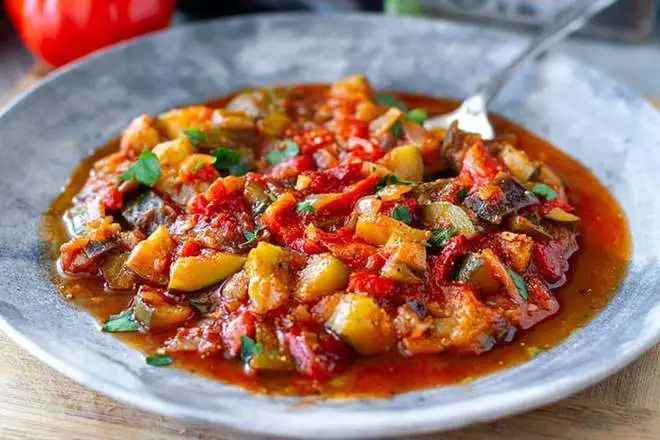Search for information
Exploring Traditional Spanish Cuisine: Three Iconic DishesSpain’s culinary landscape is a vibrant tapestry of flavors, and few dishes embody its rich heritage as vividly as Paella, Pisto, and Puchero. Each offers a unique glimpse into the country’s regional diversity and historical influences. Here’s a closer look at these beloved classics:
May 27, 2025, 10:24 am EDT
1. Paella: The Heart and Soul of Valencian Cuisine
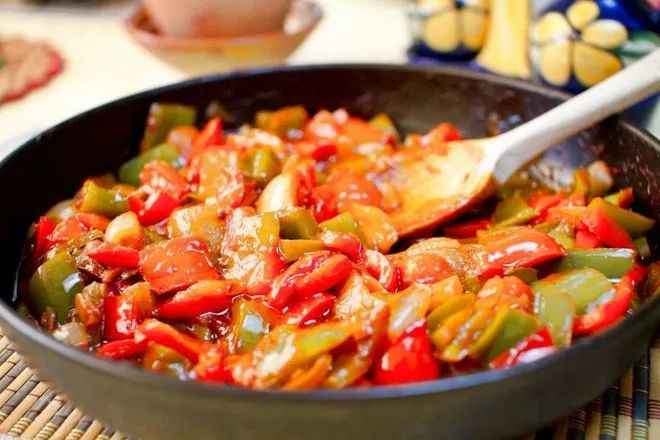
Source: Images from the Internet, if there is any infringement, please contact the removal of
2. Pisto: A Moorish-Inspired Vegetable Medley from La Mancha
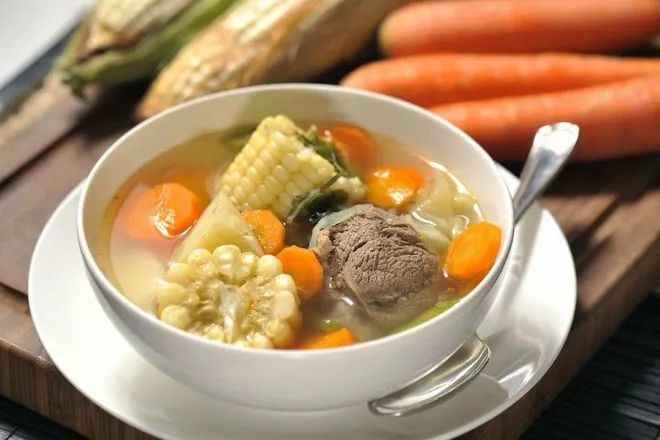
3. Puchero: Spain’s Beloved Slow-Cooked Stew
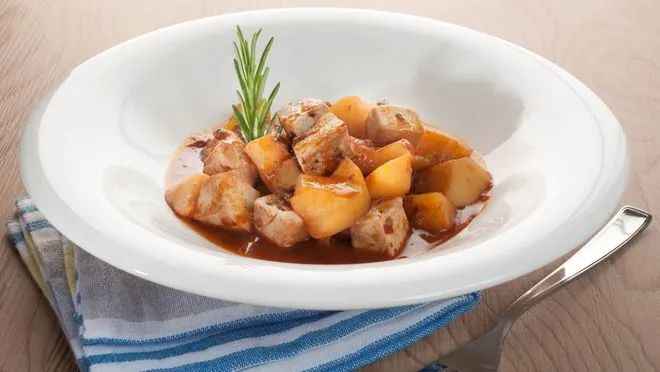
Source: Images from the Internet, if there is any infringement, please contact the removal of
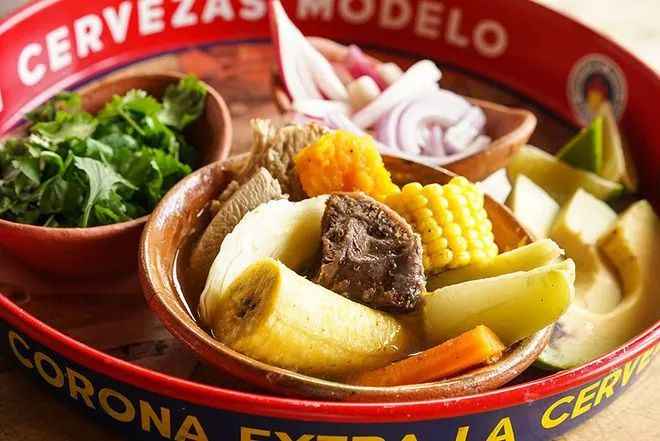

Rare White Giraffes Spotted in Kenyan Conservancy: A Glimpse of Nature’s Ethereal Marvel
In a stunning wildlife encounter, conservationists and visitors to Kenya’s Ishaqbini Hirola Conservancy have recently witnessed the rare sight of white giraffes roaming the arid landscapes. These majestic creatures, believed to suffer from leucism—a condition causing partial loss of skin pigmentation—stand out against the golden savannah with their snow-white hides, a stark contrast to the typical tan - spotted coat of their peers.more

Prime Video Axes "The Wheel of Time" Season 4
In disappointing news for fantasy enthusiasts, Deadline has reported that Prime Video will not be renewing "The Wheel of Time" for a fourth season. This decision, made after extended deliberations, comes over a month following the airing of the Season 3 finale on April 17.more

Candlelight gilds collarbone valleys, silk drapery encrypts rococo mysteries. Renaissance brushstrokes reawaken in 4K clarity upon living marble.more

Enchanting Angel’s Trumpet: Nature’s Heavenly Floral Spectacle
The Angel’s Trumpet (Brugmansia), a genus of tropical shrubs and small trees, casts a spell on observers with its pendulous, trumpet-shaped flowers that seem to hang like celestial lanterns. Native to the cloud forests of South America, from Colombia to Peru, these plants have become iconic in gardens worldwide for their ethereal beauty and intoxicating fragrance, thriving in warm, humid climates.more

The Alluring Purple Spider Flower: A Botanical Marvel
The purple spider flower, a captivating plant that has been enchanting nature enthusiasts and gardeners alike, showcases a unique blend of beauty and intrigue. This flower is known for its distinct appearance that bears a resemblance to a spider, from which it derives its common name.more

Crafted to celebrate Lamborghini’s 50th anniversary in 2013, the Veneno isn’t just a supercar—it’s a rolling work of art limited to a mere 12 units, each embodying the brand’s audacious spirit and aeronautical design philosophy. More akin to a street-legal fighter jet than a conventional road car, the Veneno redefined automotive extremism with its brutal performance and avant-garde aesthetics.more

Euclid Space Telescope Unveils First Scientific Results
The European Space Agency (ESA) has released the first scientific results from the Euclid Space Telescope, which was launched in July 2023. Among these results are scientific images that vividly display a brilliant galaxy cluster, nearby spiral galaxies, and a colorful interstellar gas cloud teeming with hundreds of thousands of young stars. These images offer a breathtaking view into the wonders of the universe.more

The Gypsy Vanner Horse: A Majestic Breed with a Rich Cultural Heritage
The Gypsy Vanner horse, also known as the Irish Cob or Gypsy Horse, is a distinctive breed renowned for its striking appearance and deep roots in Romani (Gypsy) culture. Originating in the British Isles and Ireland, these horses were bred by Romani people for their strength, stamina, and ability to pull caravans, combining practical utility with eye-catching aesthetics.more


